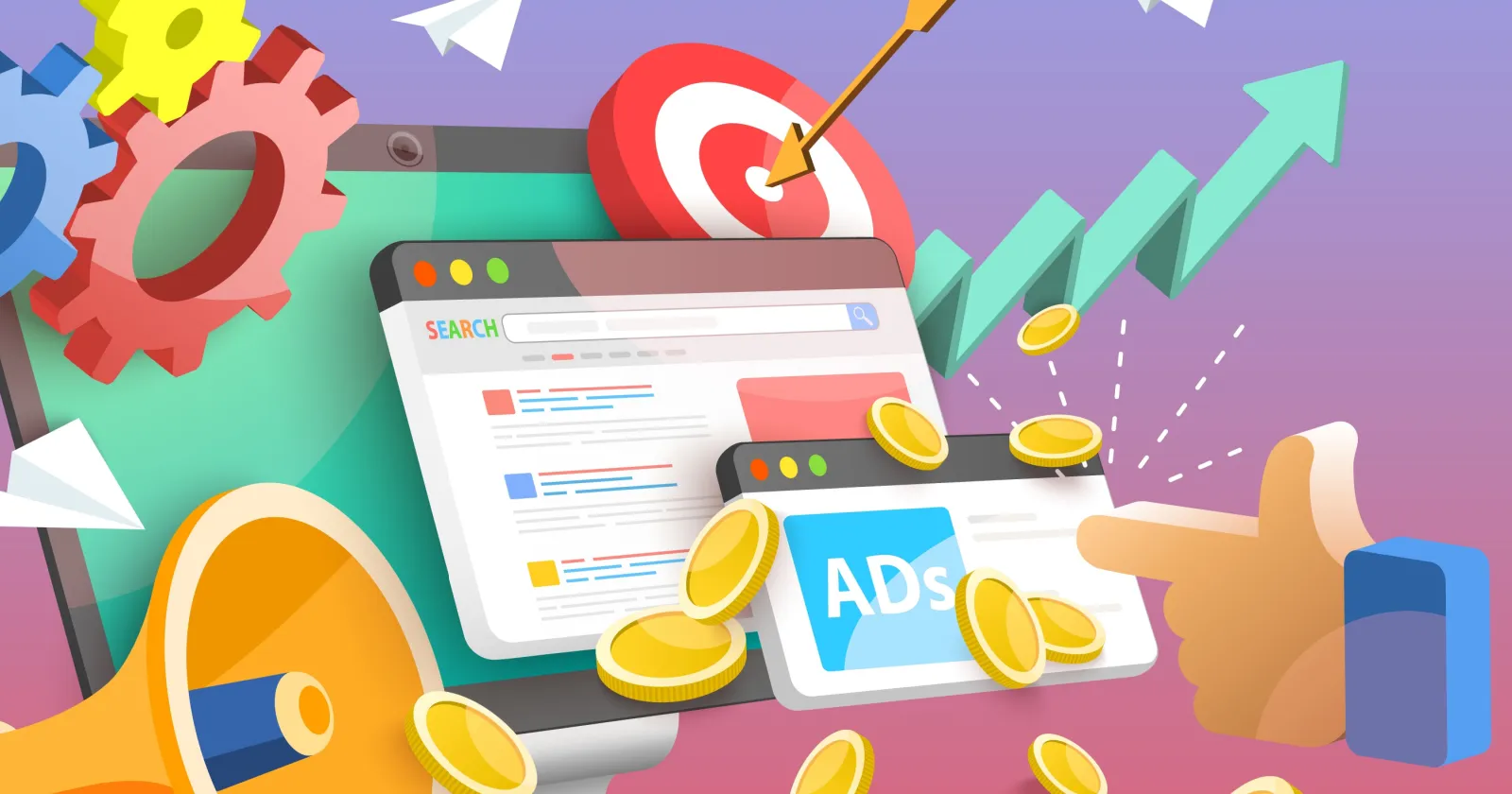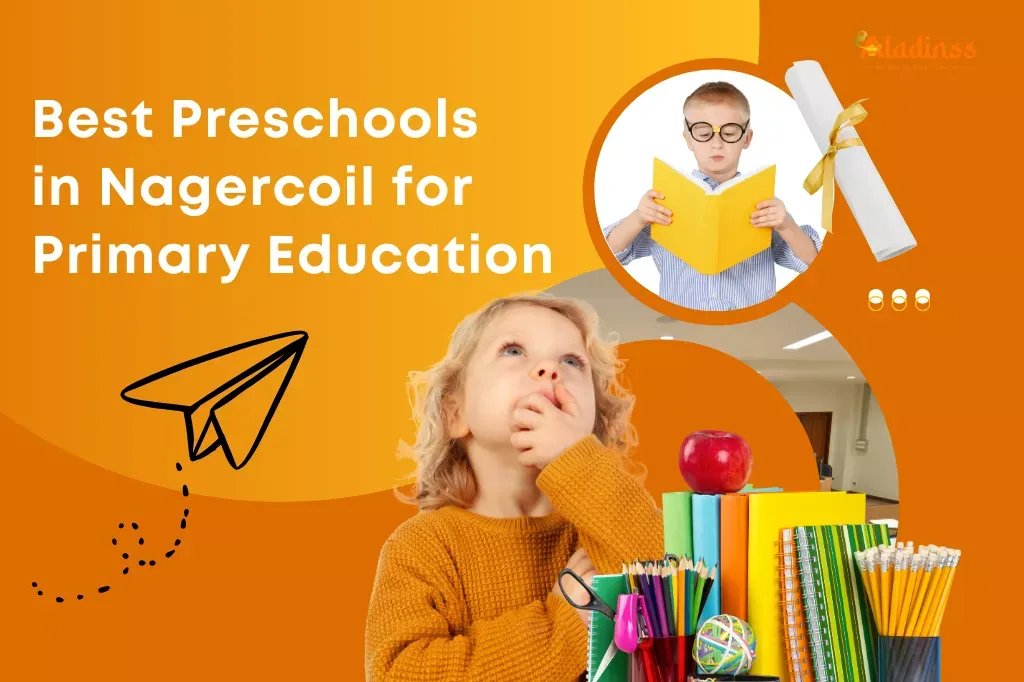
Paid Media Strategies 2025: How to Maximize ROI and Ad Performance
Master Paid Media: Skyrocket Growth in 2025
In today’s fast-evolving digital landscape, paid media remains a powerhouse for driving predictable, scalable growth. With global digital ad spend reaching $259 billion in 2024 and projected to grow further in 2025, mastering paid media strategies is critical for businesses aiming to cut through the noise. Unlike organic channels reliant on unpredictable algorithms, paid media delivers instant visibility and measurable results. Whether you’re a startup or a global brand, understanding the right channels, crafting compelling ads, and tracking key metrics can transform clicks into customers. This guide dives into the essentials of paid media, offering actionable insights to boost your ROI in 2025.
Paid media encompasses any advertising you pay for on external platforms, from Google Ads to influencer partnerships. Its strength lies in control—targeting specific audiences, tailoring messages, and tracking performance with precision. With 62% of marketers increasing paid media budgets in 2025, the competition is fierce, but the rewards are substantial. From search ads capturing high-intent users to video ads engaging mobile audiences, the right paid media strategy can elevate your brand above algorithm-driven uncertainties. Let’s explore the types, channels, and best practices to make your campaigns soar.
What Is Paid Media? The Basics
At its core, paid media refers to promotional content placed on platforms you don’t own, where payment secures visibility. This includes search engine ads, social media promotions, banner displays, and influencer collaborations. Unlike organic efforts, paid media offers immediate reach, bypassing the slow grind of SEO. In 2024, paid ads drove 28% of revenue for businesses across industries, highlighting their impact. By leveraging platforms like Google, Facebook, or even emerging AI-driven ad spaces, brands can target precise demographics and achieve measurable outcomes.
The key to success lies in strategy. Paid media isn’t about throwing money at ads but building a system that aligns with your goals. Whether it’s boosting brand awareness or driving conversions, a well-executed campaign can deliver consistent results. As X users note, “Paid media is the shortcut to visibility, but only if you target smart and track smarter.” With the right approach, paid media becomes a cornerstone of your digital advertising strategy.

Paid Media vs. Earned vs. Owned Media
A robust marketing strategy balances three pillars: paid, earned, and owned media. Paid media, as defined, involves paid placements like Google Ads or sponsored posts. Earned media includes organic exposure, such as media coverage, customer reviews, or viral social shares. Owned media encompasses assets you control—your website, blog, or email list. Together, they create a cohesive ecosystem: paid media sparks attention, owned media builds trust, and earned media amplifies reach.
For example, a paid Instagram ad can drive traffic to your website (owned), where compelling content encourages shares (earned). Data shows campaigns integrating all three see 35% higher ROI than single-channel efforts. Understanding their interplay ensures your paid media strategy maximizes impact across touchpoints.
Types of Paid Media: Channels and Formats
Paid media spans a variety of channels, each with unique strengths. Here’s a breakdown of the primary categories and their applications in 2025:
- Display Ads: Visually distinct banners, videos, or pop-ups on websites and apps, ideal for brand awareness but less trusted, with only 12% of users engaging.
- Native Ads: Sponsored posts or influencer content that blends seamlessly with platforms, driving 25% higher engagement due to authenticity.
- Traditional Media: Billboards, TV, and radio ads, effective for broad reach but less trackable, used by 18% of brands for offline campaigns.
Emerging formats, like ads within AI platforms such as ChatGPT, are gaining traction, with 15% of marketers testing LLM ads in 2025. Each channel serves distinct goals, from awareness to conversions, requiring tailored strategies.
Search Engine Advertising: Capturing Intent
Search engine marketing (SEM) via platforms like Google Ads and Microsoft Advertising targets users actively searching for your offerings. With Google commanding 92% of search ad spend, it’s the go-to for high-intent audiences. Microsoft’s Bing Ads, however, offers lower CPCs, averaging $1.54 compared to Google’s $2.69, making it a B2B favorite. Amazon Ads also shine for e-commerce, driving 22% higher conversion rates for product-focused campaigns.
The process is straightforward: select keywords, set bids, craft text ads, and launch. SEM’s strength is its precision—ads appear above organic results, capturing users ready to buy. For example, bidding on “paid media agency” can position your ad prominently, boosting click-through rates by 18%.
Social Media Advertising: Engaging Audiences
Social media ads, valued at $252.95 billion in 2024, dominate paid media. Facebook leads with $100 billion in ad revenue, followed by Instagram at $70.9 billion. Platforms like TikTok and LinkedIn are growing, with TikTok’s ad engagement up 30% year-over-year. Social ads excel due to advanced targeting—age, location, interests, and behaviors—reaching 60% of the global population active on social media.
For instance, a fitness brand can target gym-goers aged 25-34 on Instagram, achieving 20% higher CTRs than broad campaigns. Social ads thrive on authenticity, with user-generated content styles boosting engagement by 28%.
Video Advertising: Capturing Attention
Video ads, spanning YouTube, TikTok, and Instagram, drive 31% of digital engagement, with short-form videos leading at 31.38%. Their storytelling power makes them ideal for mobile audiences, with 70% of viewers watching on smartphones. A compelling video ad—funny, emotional, or visually striking—can increase brand recall by 40%. Platforms like YouTube offer pre-roll and mid-roll options, with completion rates averaging 65% for 15-second ads.
Best practice: Keep videos concise and align with platform trends, like TikTok’s vertical format, to maximize impact. Testing multiple variants can improve performance by 22%.
In-App Advertising: Mobile-First Reach
In-app ads, appearing in gaming, news, or streaming apps, leverage mobile usage, with 88% of mobile time spent in apps. Formats include banners, interstitials, and rewarded videos, with gaming ads driving 25% higher engagement for entertainment brands. Targeting by behavior or location enhances relevance, boosting conversions by 18% for retail and local services.
For example, a coffee shop can target morning commuters with in-app ads, increasing foot traffic by 15%. The key is aligning ad creatives with app context for seamless integration.
Digital Out-of-Home (DOOH) Advertising
DOOH ads—digital billboards and transit screens—offer dynamic, location-based reach. Found in malls, airports, and gyms, they support real-time updates and targeting by time or audience segment. While lacking click data, DOOH drives 12% more offline conversions when paired with mobile campaigns. For instance, a retail brand’s DOOH ad in a mall, followed by a geotargeted mobile ad, can increase store visits by 20%.
Connected TV and OTT Advertising
Connected TV (CTV) and Over-the-Top (OTT) ads, seen on Hulu, Roku, and YouTube TV, target cord-cutters, with 80% of U.S. households streaming content. CTV focuses on TV screens, while OTT spans devices, offering precise targeting by location and interests. These ads excel for brand launches, with 68% completion rates for 30-second spots. A tech brand’s CTV campaign can boost awareness by 30% among streaming audiences.
Large Language Model (LLM) Ads: The Future
LLM ads, emerging in platforms like ChatGPT and Gemini, target early-stage research. With 15% of marketers experimenting in 2025, these ads appear as sponsored responses or product carousels, favoring high-quality content over keyword bids. For example, a travel brand’s LLM ad can appear in “best vacation spots” queries, driving 10% more inquiries. Early adoption is key as AI ad spaces evolve.
Sponsorships and Advertorials: Trust-Driven Ads
Native ads like sponsorships and advertorials blend into content, with influencer posts on Instagram achieving 25% higher ROI due to trust. A “Paid partnership” post by a fitness influencer, for instance, can garner 140,000 likes, driving conversions. Advertorials, like Forbes Council articles, offer editorial credibility, boosting engagement by 20%.
Benefits of Paid Media in 2025
Paid media offers unmatched advantages for marketers:
- Control: Shape ad appearance and messaging, unlike earned media’s unpredictability.
- Immediate Reach: Gain visibility instantly, unlike SEO’s 3-12 month ramp-up.
- Measurability: Track ROAS, CPC, and CTR with detailed analytics, with 80% of platforms offering quality scores.
- Targeting: Reach specific audiences by demographics or interests, increasing conversions by 22%.
- Automation: Use tools like Google Ads’ automated bidding to optimize performance, saving 15% on costs.
Building a Winning Paid Media Strategy
A successful paid media campaign follows seven steps: align your team, set clear goals (e.g., 5% ROAS), budget for all costs, know your audience, choose optimal channels, craft compelling ads, and optimize continuously. Track metrics like ROAS (target 4:1), ROI, CPC ($1-$3 average), impressions, and CTR (2-5% benchmark). Testing multiple ad variants can boost performance by 20%, while pausing underperformers saves 15% of budgets.
Conclusion: Scale Smart with Paid Media
Paid media is a proven driver of growth, offering control, reach, and measurable results. With $259 billion spent in 2024, it’s a competitive space requiring strategic execution. Start with Google or Facebook, test creatives, and track key metrics to ensure your paid media strategy delivers. In 2025, brands that treat paid media as a system—targeted, tested, and optimized—will dominate, turning ad spend into sustainable profit.
Comment / Reply From
You May Also Like
Popular Posts
Newsletter
Subscribe to our mailing list to get the new updates!





